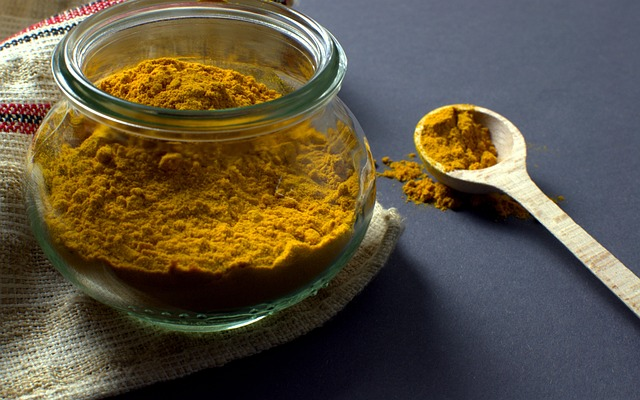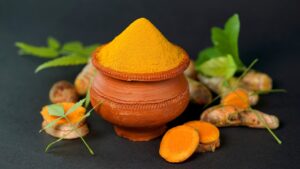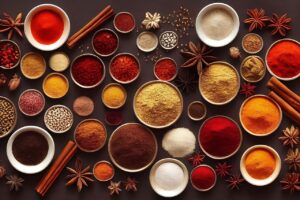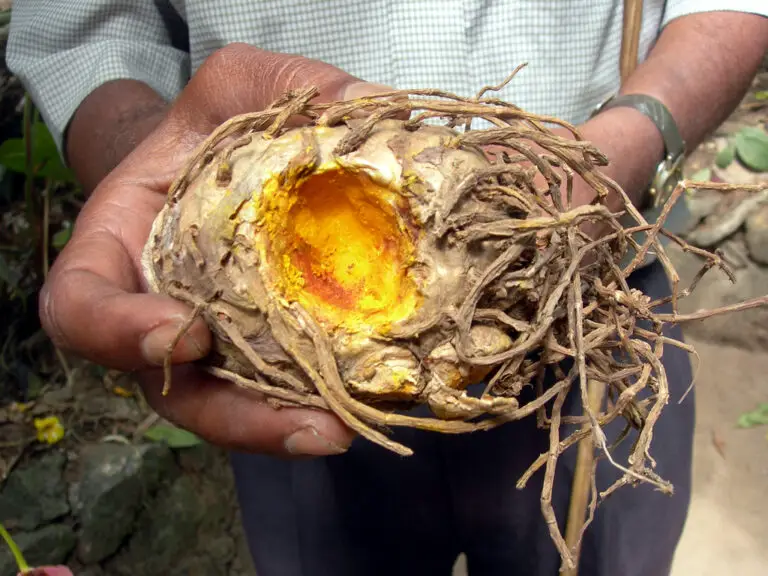Turmeric’s traditional use in cultural ceremonies is a vibrant thread woven deeply into the tapestry of various societies around the world. With its vibrant yellow natural coloring and potent antioxidant properties, turmeric has not only been a staple in cooking but has also held immense cultural, religious, and medicinal significance throughout history. From ancient rituals to modern practices, turmeric’s journey as a revered ingredient in cultural ceremonies is a testament to its multifaceted importance.
Turmeric’s Traditional Use in Cultural Ceremonies
The turmeric plant, scientifically known as Curcuma longa, belongs to the ginger family and is characterized by its distinct turmeric rhizome. This turmeric root has been transformed into the iconic turmeric powder, turmeric paste, and even turmeric extracts that find their place in a plethora of cultural celebrations. Indian culture, in particular, stands out for its deeply-rooted connection to turmeric. In the Hindu religion, turmeric emerged as a symbol of purity, fertility, and prosperity. Turmeric’s traditional use in cultural ceremonies is most notably seen in weddings, where it holds a sacred place.

In Hindu wedding rituals, the bride and groom are adorned with a turmeric mixture, known as “haldi,” which consists of turmeric paste and other ingredients like sandalwood powder. This application isn’t merely a cosmetic gesture; it is believed to purify the couple’s bodies and souls, bringing blessings and protection. The Hindu religion sees turmeric as a powerful tool against evil spirits and a means to ward off negative energies. The saffron-hued Buddhist robes, dyed yellow with turmeric, further showcase its spiritual and religious significance in other Asian cultures.
The use of turmeric goes beyond its religious connotations. It has a deep-rooted history in traditional medicine, particularly in Ayurvedic practices. Ayurvedic medicine, an ancient Indian system, recognized the medicinal value of turmeric, often utilizing it to treat diseases ranging from common ailments like sore throats and insect bites to more serious conditions like chickenpox. Turmeric’s anti-inflammatory properties have been emphasized in Ayurvedic literature, and its role as a natural antioxidant has been integral to promoting overall health and well-being.
Modern medicine, in its pursuit to validate traditional knowledge, has delved into turmeric’s potential health benefits. Curcumin, a compound found in turmeric, has attracted attention for its potential anti-inflammatory and antioxidant properties. Studies have suggested that curcumin might have a positive impact on blood circulation, blood pressure, and skin conditions. However, it’s essential to note that while turmeric has promising medicinal properties, its use as a supplement should be approached with caution, as it might have some toxic effects when consumed excessively.

Throughout human history, the importance of turmeric is evident across continents. In East Africa and West Africa, the use of turmeric as a coloring agent for dyeing clothing is well-documented. In India, its significance extends to religious ceremonies, where it is used to adorn deities and sanctify rituals. Even in culinary traditions, turmeric holds a special place. The golden spice is not only a key ingredient in traditional dishes but has also contributed to the commercial curry powders that are enjoyed globally.
The wedding day tradition of applying turmeric to the bride’s face and neck is more than just a ritual; it is a symbol of good health and well-being. Turmeric’s natural antioxidants are believed to purify the skin, removing dead skin cells and promoting a radiant complexion. Additionally, its antibacterial properties make it a desirable ingredient for addressing skin issues. Pregnant women in southern India apply turmeric paste to their bellies to ensure a safe and healthy pregnancy.

Southeast Asia also boasts a rich history of incorporating turmeric into its culture. In countries like Thailand and Indonesia, turmeric is used not only as a spice in cooking but also as a natural coloring agent for various dishes. Turmeric’s vibrant yellow hue imparts an appealing appearance to foods, making them not only delicious but visually appealing as well.
The legacy of turmeric’s traditional use in cultural ceremonies is a testament to its enduring importance. From its origin in the Indian subcontinent to its role in religious practices, medicinal applications, and culinary traditions, turmeric has left an indelible mark on numerous aspects of human life. Its association with auspiciousness, vibrancy, and vitality continues to be celebrated across cultures and generations. As the world embraces both its ancient wisdom and modern research, turmeric’s golden legacy is sure to shine brightly in the tapestry of human history.

